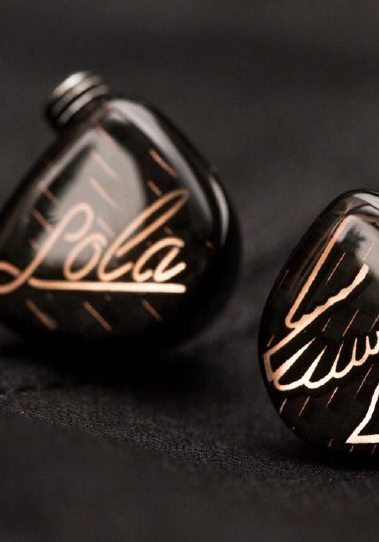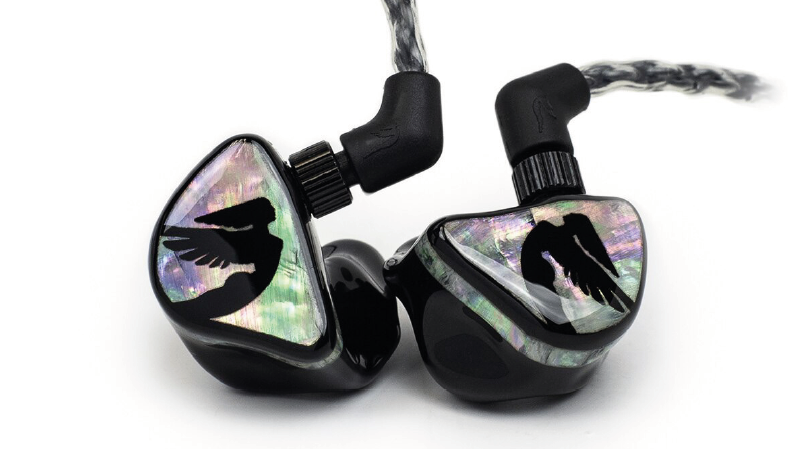Today, for the first time, I will be putting my full guitar rig not through a PA system, a pair of studio monitors, or guitar cab... I’ll be working my way through rock and roll riffs and reverb-laden melodies in somewhat more of a closed-off environment – through a pair of JH Audio’s Lola in-ear monitors. Slash is a big fan - but can these IEMs really replicate the sonics, guts, and thrill of playing through a classic guitar cabinet?
Lola is one of JH Audio’s more recent pieces, and was designed with guitarists in mind – founder, Jerry Harvey, actually worked quite closely with Guns ‘N Roses guitar hero, Slash, on putting this piece together – and if you can convince a guy who’s relied on gargantuan stacks of Marshalls for half a lifetime when touring the world that a pair of earphones would be a better option – well, you’ve got to be onto something.
I’ve played occasional shows with IEMs in – admittedly not this quality of earpiece, as technology has evolved enormously in this field since the mid-noughties, when I used to gig – but I never really got on with them as a guitarist/vocalist. I’d wear one ear in - still a common thing to do with IEMs - which I think helped keep me in tune, but playing in a rock band, I found I missed the sound of the stage and the tone of the guitar unless I dropped at least one ear out; and that’s probably why today, so many guitar bands still opt to have their amps roaring and stage wedges pumping. Who doesn’t want volume, vibe and energy when they’re performing?
I’m not on stage today – only my own soap box – but I have decided to see what these Lolas can do, and I’m going to be putting my custom ‘70s Vintera Telecaster through its paces from clean tones to some proper high gain stuff. I’m also ‘with band’ – I’ve got a great rhythm section recorded who will be joining me in my ears, and I’m raring to go.
Sat comfortably in my fancy studio chair (but with guitar strap attached, should I feel the need to launch into performer mode), this is the full chain: Tele into Vox head, DI out into Strymon Big Sky, stereo out of the Strymon into a Merging Anubis, then into my ears via one of the Anubis’ headphone
amplifiers. The Anubis is, of course, a very high-end audio interface, and can do pretty much anything in terms of audio application – but the reason for using this unit today is its incredibly transparent, high quality headphone amplifiers. If you’ve been fortunate enough to visit JH Audio and listen to their products – which I have – then you’ll know that when demoing the piece for you, one of the team will likely hand you a hi-res audio player with a series of albums on in tandem with the IEMs so you can get as good a sound as possible. They don’t want you to listen to Spotify (thankfully!), put it that way. The signal from the Anubis is basically unbeatable, so we’re definitely going to get an accurate sonic representation here.





